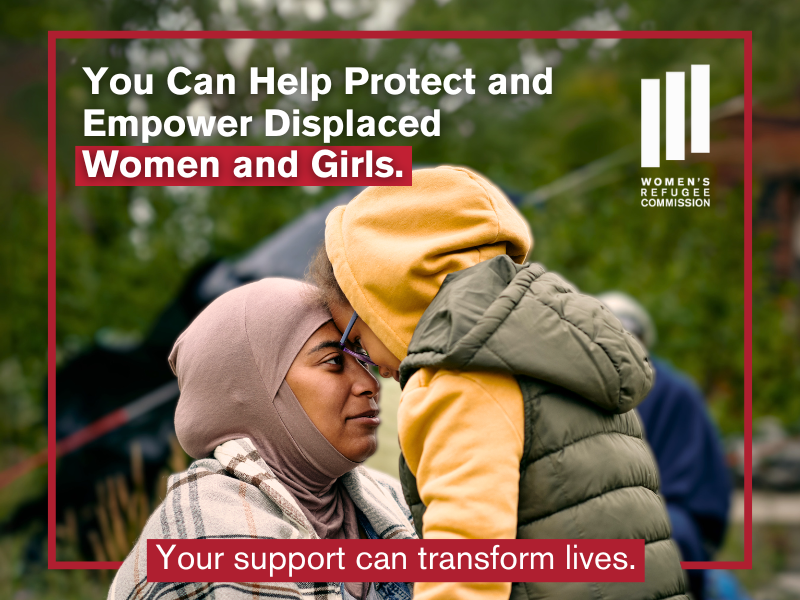
Food is scarce in Ethiopia, where most of the population lives in rural, drought-prone areas in a state of chronic poverty. In 2010, the Government of Ethiopia identified 5.2 million people in need of emergency food aid. Not surprisingly, this hunger crisis also impacts the thousands of refugees living just within Ethiopia’s borders.
In the isolated eastern corner of Ethiopia, some 44,000 Somali refugees are scattered among four refugee camps, living in the arid heat on parched land. Most of these refugees survive on one meal a day and are dependent on humanitarian aid to meet their most basic needs. Over the years it has become clear that the aid just isn’t enough. Families are routinely forced to exchange food rations for other staples, such as medicine, school clothes and firewood for cooking. With no reliable source of income, families face difficult choices.
Most host countries do not grant refugees the right to work, and Ethiopia is no different. As a result, refugees are pushed into working in the informal economy where the risk of exploitation and abuse is far greater—particularly for women and girls. In camps like Aw Barre and Sheder, which are far from local markets, families often send their daughters to work as live-in domestic servants. This is dangerous work for the girls, as they have no protection from their families or the law.

But parents have no choice. I met Hadifa in the Aw Barre camp. She is a widow who is struggling to survive and support her family in the camp. She told me she felt she had no other option than to send both of her daughters to Jijiga, the largest nearby town, to work as domestic servants. The teenage girls live with the families they serve. They return to Aw Barre once a week to give Hadifa their wages and collect their rations from the Ethiopian Administration for Refugee/Returnee Affairs with support from United Nations agencies. Both the girls have complained to their mother that they are routinely exposed to sexual harassment and verbal abuse from their employers. As Hadifa told me this, she asked with a resigned shrug of her shoulders, “What else can we do?”
Fortunately, some refugees are learning to work safely in the informal economy. In Sheder camp, about one and a half hours away from Jijiga, I sat on the dried mud floor of Khadija’s makeshift home, constructed from scraps of corrugated tin and plywood. Khadija is a self-proclaimed businesswoman who lives with her sister and her sister’s six children. When I spoke with Khadija, she was self-assured and determined as she told me about the expansion of her business. She sells vegetables and meat to about 25 households and shares the cost of the round- trip ride to Jijiga with five other business-minded women. Together they purchase goods, which they then resell within the camp. Currently Khadija is able to cover about 50% of her household needs with the money she earns, and her income is likely to grow. She recently learned that an international nonprofit organization was providing microloans for start-ups, and she jumped at the opportunity to expand her business.
Unfortunately, Khadija’s experience is not the norm. Too many families face the same stark economic reality as Hadifa and her daughters. Given the inherent risks of exploitation and abuse within the informal sector, livelihoods programs must consider the many protection risks women face. To date, the international community’s response has been slow in supporting safe, sustainable economic activity in the informal economy. Market-driven and participatory livelihood programs such as microfinance, enterprise development, and agrarian interventions should be employed by leveraging the skills and potential found in the informal sector. With the right resources and support, many more women would have the chance to start innovative businesses like Khadija’s and take their economic future into their own hands.


